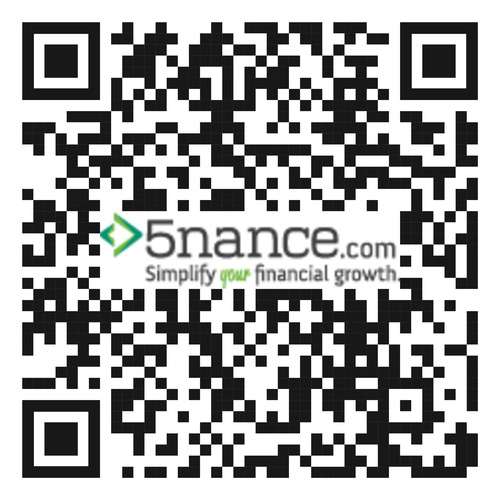Volatility
Definition:
Volatility refers to the degree of variation in the price of a financial instrument or the overall market within a specific period. It reflects the extent of uncertainty and risk, with high volatility indicating larger and more unpredictable price movements.
Types of Volatility:
Historical Volatility: Measures past price fluctuations to assess the stability of an asset.
Implied Volatility: Derived from options pricing, indicating market expectations for future price swings.
Factors Influencing Volatility
Market Sentiment: Investor perceptions and emotions play a significant role in market volatility.
Economic Indicators: Changes in economic data, interest rates, or geopolitical events can impact volatility.
Importance
Risk Assessment: Volatility is a key factor in evaluating the potential risks associated with investments.
Trading Opportunities: Traders may capitalize on volatility by making short-term, high-frequency trades.
Measurement
Volatility Index (VIX): Commonly known as the “fear gauge,” it quantifies market expectations for future volatility.
Standard Deviation: Measures the degree of deviation from an asset’s average price.
Examples:
Bitcoin Volatility: Cryptocurrencies like Bitcoin are known for their price volatility.
Earnings Reports: Stocks can experience increased volatility around the time of quarterly earnings reports.
FAQ's
Is higher volatility always a sign of risk?
While high volatility often indicates increased risk, it can also present trading opportunities for some investors.
How is implied volatility used in options trading?
Options traders use implied volatility to assess the market’s expectations for future price swings, influencing options pricing.
Can investors benefit from volatility?
Yes, skilled investors may use volatility to their advantage by adjusting their strategies to market conditions.
How can investors measure volatility in their portfolios?
By analyzing historical price movements, using volatility indices, or employing statistical measures like standard deviation.
Conclusion
Volatility is a fundamental aspect of financial markets, reflecting the degree of price variation and market uncertainty. Investors and traders alike must understand and navigate volatility to make informed decisions, manage risks, and potentially capitalize on market opportunities.
Join Our 5nance Whatsapp Community
Get exclusive access to:
✅ Market insights in simple language
✅ Early updates on AI-powered investment strategies
✅ Expert-curated financial resources
✅ Free tools, webinars & more!

